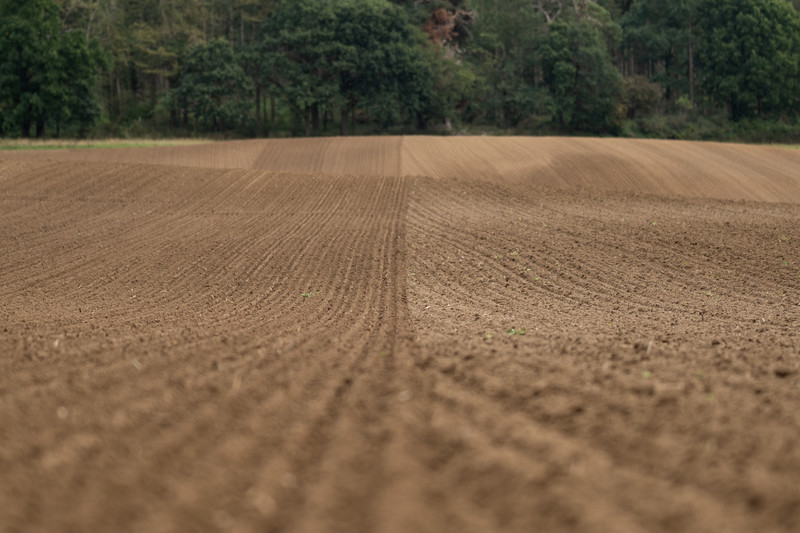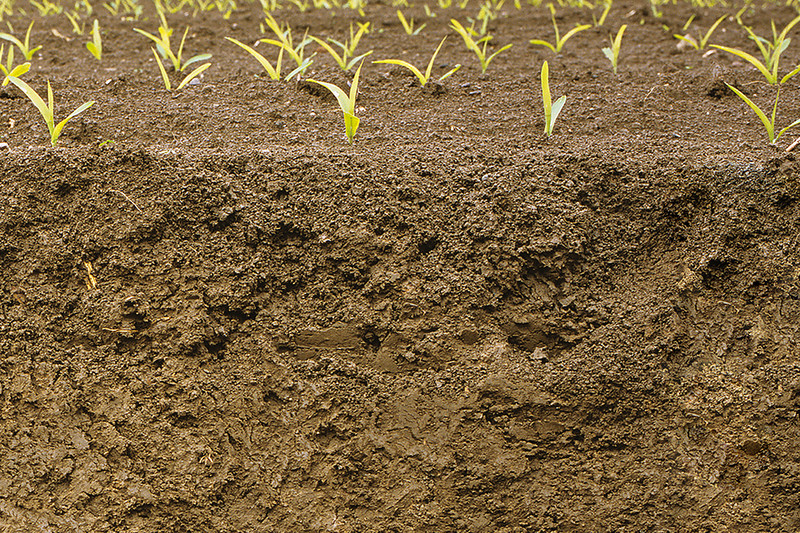The best soil
×
What is soil?
Soil is the uppermost loose layer of the Earth's lithosphere where the atmosphere, hydrosphere, and biosphere intermingle and influence each other. Sourced originally from rock, soil was formed by the influencing factors of climate, vegetation, relief, water, animals and humans. Over millions of years, soil-forming processes have created different layers in varying states of development.
Soil types
Different soil types each have the same characteristic structure sequence. Like, for example, brown earth soils. These soil types have different features and specifications. This means we can draw conclusions about how the soil was formed and identify special agronomic characteristics that need to be taken into account in plant cultivation and crop care.
Soil classification
The soil classification indicates the grain size composition of the mineral particles. These are divided into coarse soil with grain sizes above 2 mm, which form the soil structure, and fine soil with grain sizes below 2 mm. In the fine soil, the primary grains are divided into three different classes: sand, silt and clay. Primary grains range in diameter from less than 0,002 mm for fine clay to 2 mm for coarse sand. Within this range there are many other subfractions of grain sizes.

How the soil type influences soil characteristics
Different grain sizes have a great influence on the properties of the soil. The larger the components the higher the water permeability, aeration and the ability for roots to penetrate. At the same time, however, water content and, in particular, water retention capacity decrease sharply. Such soil is characterised by a high proportion of gravel or sand.
The smaller the particle size, the higher the volume of pores available. Water holding capacity and cation exchange capacity increase accordingly, allowing more nutrients to accumulate. However, the gas content decreases.
High water holding capacity is not only an advantage. If soil with a high clay content has to be cultivated in adverse, wet conditions, this can have a negative effect on the properties of the soil.
Water balance
Only water made available to the plant can actually be absorbed by the plant. This soil water is stored between the central pores and is called adhesion water.
Adhesive water between the fine pores, which occurs in diameter sizes <0.2 µm is not made available to plants. The cohesion tension in these small pores is too great here for this water to be drawn out by roots. The pores are too small for the root system and are multiplied when the soil is compacted.
Seepage water entering the soil from precipitation is absorbed between wide coarse pores and narrow coarse pores with a pore size of >50 µm and 10-50 µm. This water moves fast between the wide coarse pores and moves slowly between the narrow coarse pores.